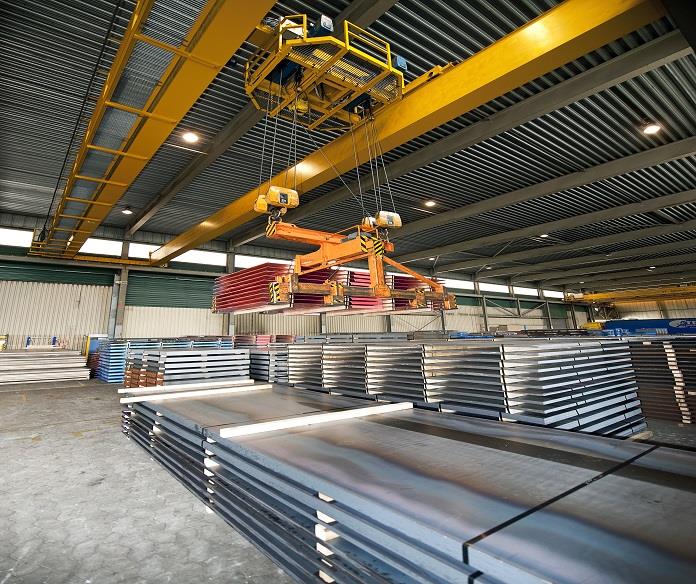Overhead Crane Safety Training
Operating overhead cranes involves significant risks if not managed properly. Ensuring the safety of workers and maintaining the integrity of equipment are paramount, which is why Overhead Crane Safety Training is crucial for any facility using these powerful machines.
Overhead cranes are indispensable in industries such as manufacturing, construction, and logistics. However, improper use can lead to severe accidents, including equipment damage, personal injury, and even fatalities. Comprehensive safety training covers the principles of safe operation, routine maintenance checks, and emergency procedures.

Key Components of Overhead Crane Safety Training
-
Understanding Crane Components and Functions: Trainees learn about the different parts of an overhead crane, including hoists, trolleys, and load blocks, and their specific functions.
-
Pre-Operation Inspection: Conducting thorough inspections before operation is essential. Training includes identifying potential hazards such as wear and tear, structural damages, and ensuring all controls are functioning correctly.
-
Safe Operating Procedures: Proper load handling techniques, communication signals, and the use of personal protective equipment (PPE) are emphasized. Trainees are taught to recognize and mitigate potential risks during crane operation.
-
Emergency Protocols: Knowing how to respond in case of an emergency, such as load drops or equipment failure, is a critical part of the training. This includes proper shutdown procedures and first aid responses.
Train the Trainer Aerial Work Platform Course
Ensuring that trainers are well-equipped to educate others is fundamental in promoting workplace safety. The Train the Trainer Aerial Work Platform Course is designed to provide trainers with the knowledge and skills necessary to effectively teach others how to operate aerial work platforms safely.
Aerial work platforms (AWPs) are used for tasks that require temporary access to high places. These machines are commonly seen in construction, maintenance, and warehouse operations. The complexity and potential danger of using AWPs necessitate rigorous training.
Core Elements of the Train the Trainer Aerial Work Platform Course
-
Comprehensive Curriculum: The course covers a wide range of topics, including equipment types, safe operation practices, and regulatory requirements. Trainers learn how to convey these topics clearly and effectively.
-
Hands-On Training: Practical experience is a significant component of the course. Trainers practice operating AWPs, performing safety inspections, and handling emergency situations.
-
Instructional Techniques: Trainers are taught various teaching methods to engage trainees effectively. This includes the use of visual aids, practical demonstrations, and interactive sessions to reinforce learning.
-
Assessment and Certification: Upon completing the course, trainers are assessed to ensure they have a thorough understanding of the material. Successful trainers receive certification, enabling them to conduct safety training sessions for their organizations.
Benefits of Proper Training
-
Enhanced Safety: Proper training significantly reduces the risk of accidents and injuries. Workers are more likely to follow safety protocols and use equipment correctly when they understand the potential hazards and the importance of safety measures.
-
Improved Efficiency: Well-trained workers can operate equipment more efficiently, leading to increased productivity and reduced downtime due to accidents or equipment malfunctions.
-
Regulatory Compliance: Adhering to safety regulations and standards is crucial for avoiding legal issues and potential fines. Proper training ensures that workers and organizations remain compliant with industry regulations.
Investing in Overhead Crane Safety Training and the Train the Trainer Aerial Work Platform Course is essential for maintaining a safe and efficient workplace. These training programs equip workers with the knowledge and skills necessary to operate heavy machinery safely, reducing the risk of accidents and enhancing overall productivity. For comprehensive training programs, visit safetyfirsttraining.ca.
Our website is a valuable resource for more information.
Comments
Post a Comment